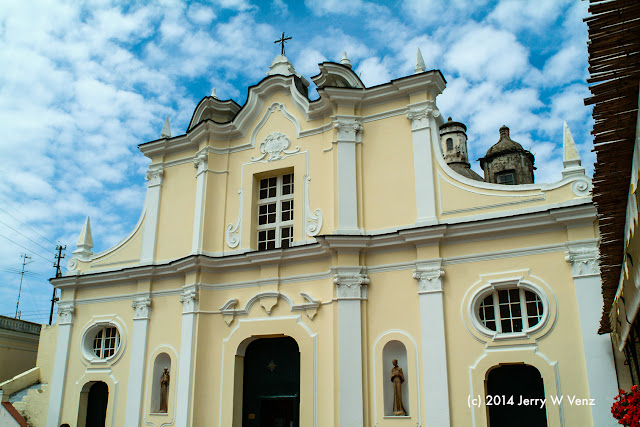I tell my students, "If you think you need a reflector or flash then you have placed your subjects in the wrong spot!"
The following set of images, from one of our recent fall family sessions, illustrates the subtractive lighting technique, my use of background light, and my use of relatively wide apertures with the longest focal length I can use given the constraint of the location.
 |
| f5.6 @ 1/160 sec. ISO 400, lens at 175mm |
That big rock is perfectly placed for this time of the year! The sun is setting behind it, giving me great back light. There's a big patch of sky on the right--my key light. But, what makes this spot great is the row of trees on the left blocking the sky light on that side. Without those trees, subtracting that sky light, the lighting here would be flat, directionless and boring, creating, flat, two-dimensional people.
 |
| Both Images at f4.5 @ 1/200 sec., ISO 400, Lens at 200mm |
 |
| Both Images at f4.5 @ 1/200 sec. ISO 400, Lens at 200mm |
Then we finish-up with a portrait of mom and dad. Backing off as much as I could (there's a large pond behind me) with my lens at 168mm you can see why I like this spot. That big rock and old tree on the ground could not have been placed better for portraits! The we moved to another favorite spot where I could seat my subjects. This spot, again, has great back light, a patch of sky on the right, and the trees on the left blocking some skylight. Their shadow side is more subtle here because there is also skylight coming from behind camera position. For individuals I usually use a wider aperture and zoom to 200mm to create a nice soft background.
Author: Jerry W Venz, Master Photographer Certified
Training site: http://www.LightAtTheEdge.com











